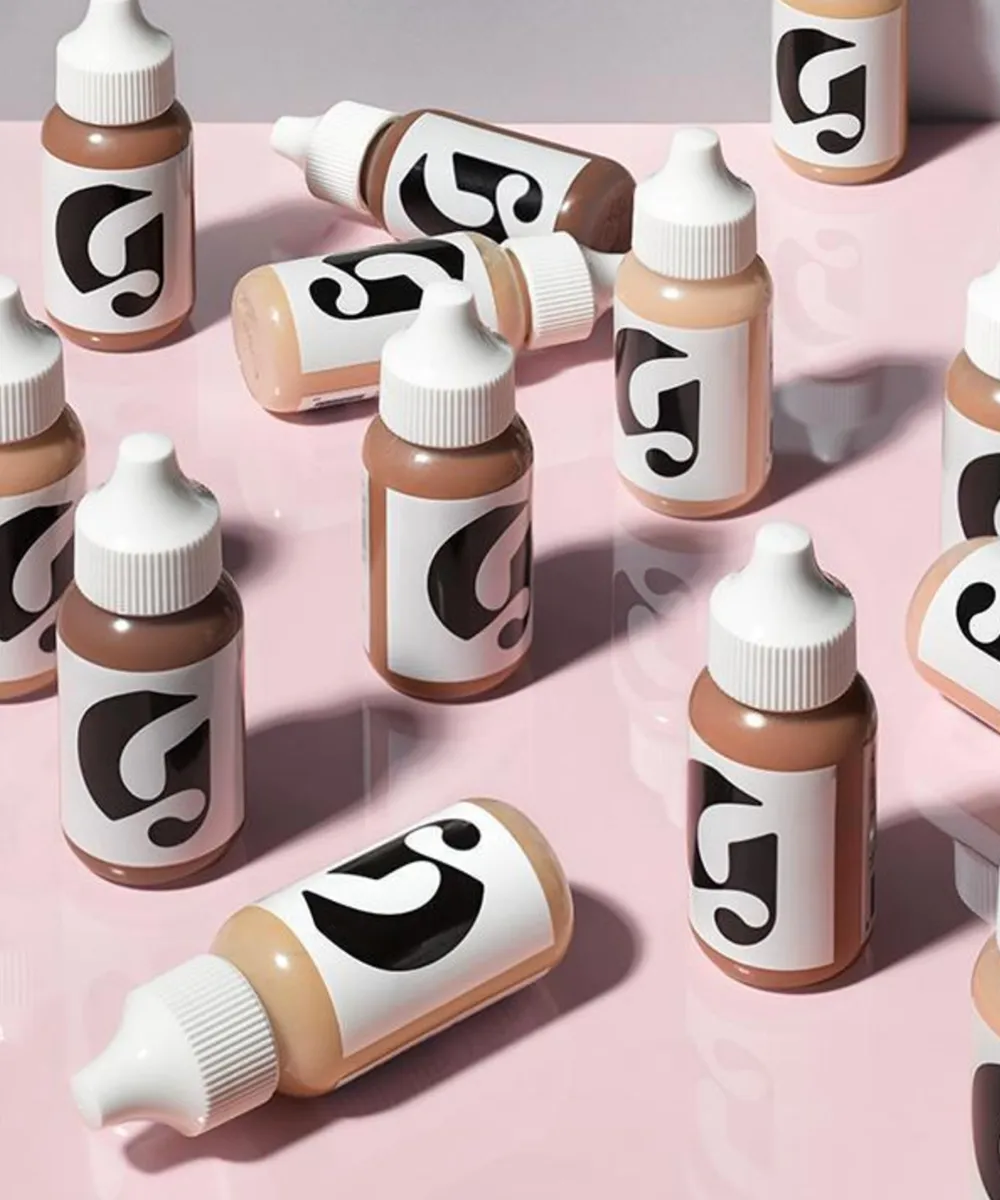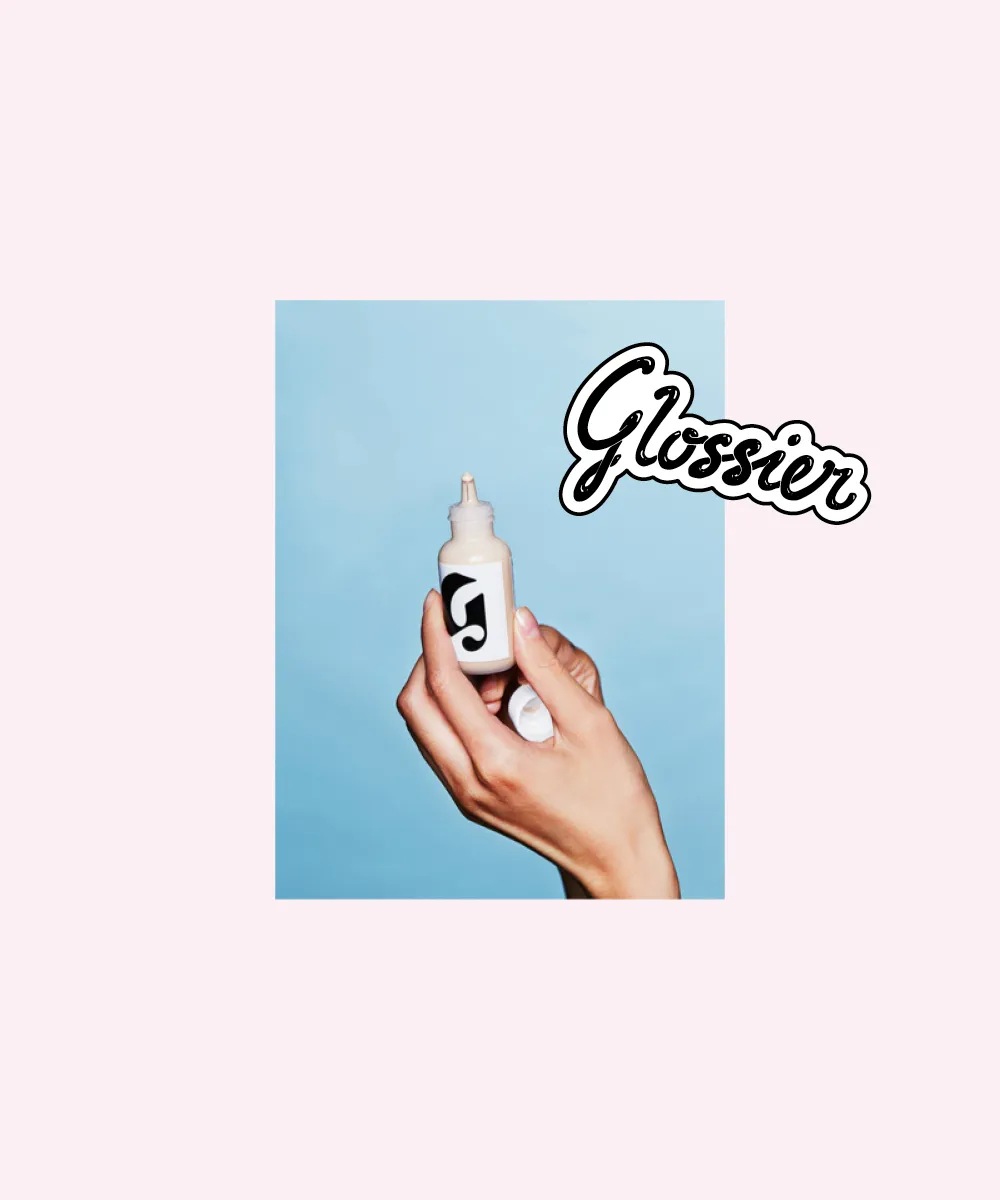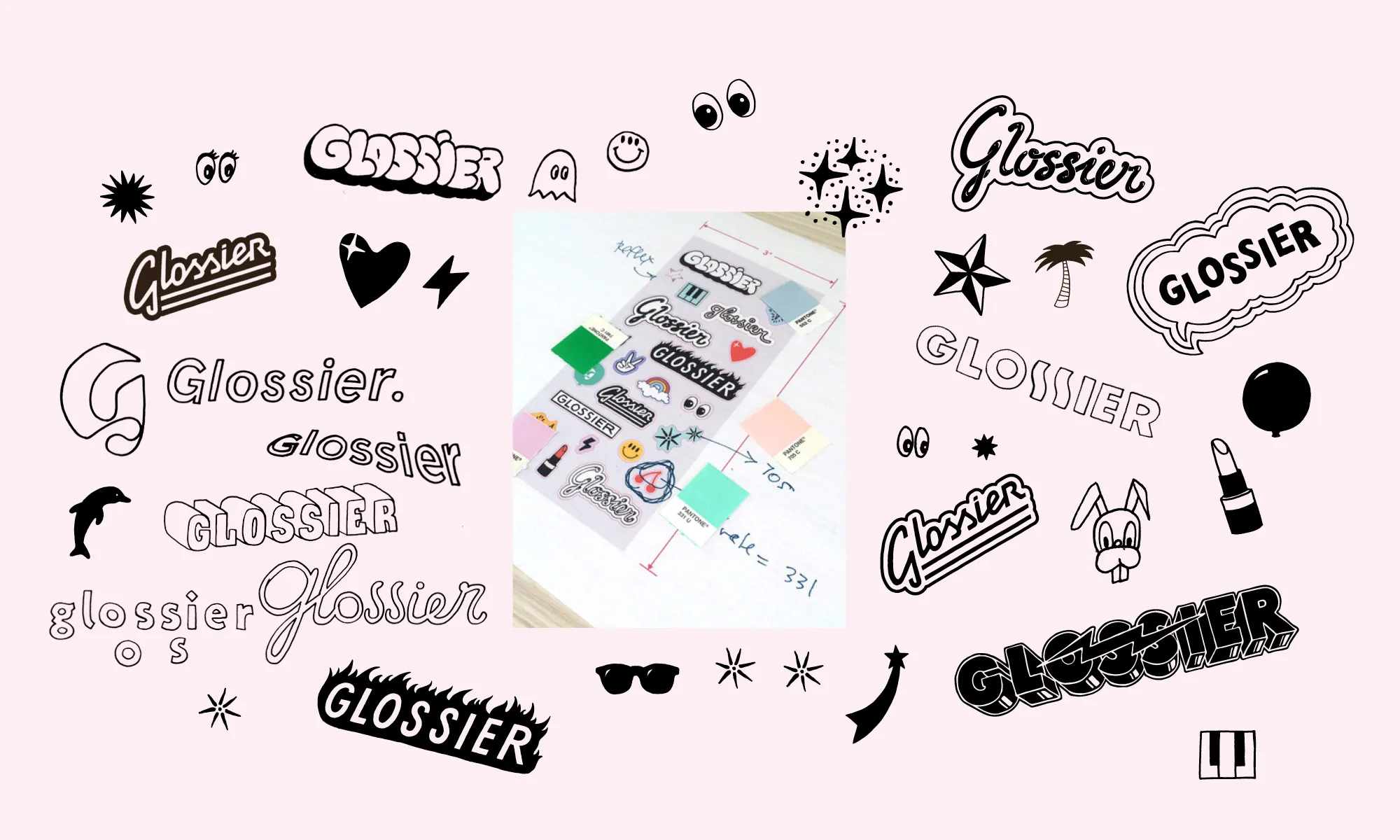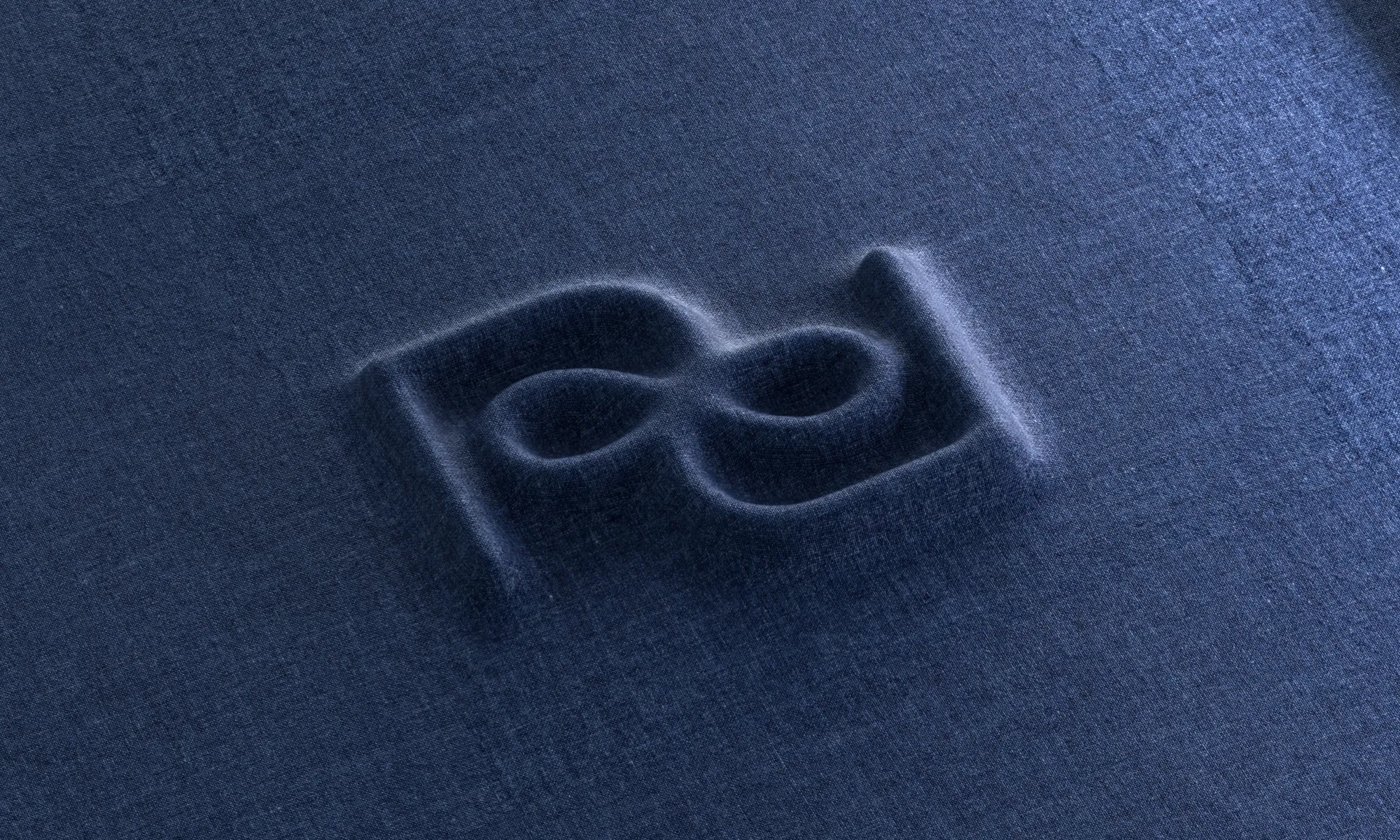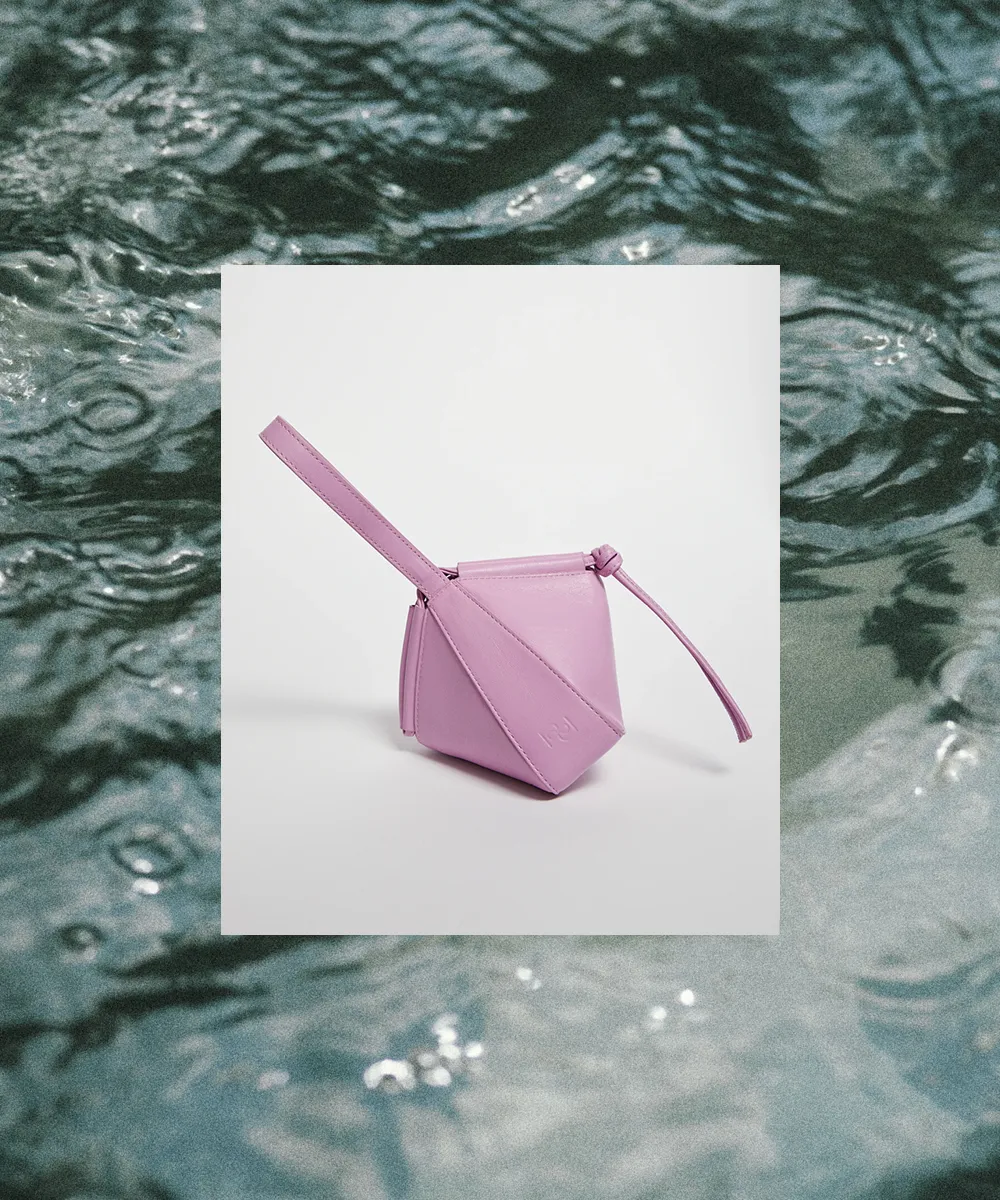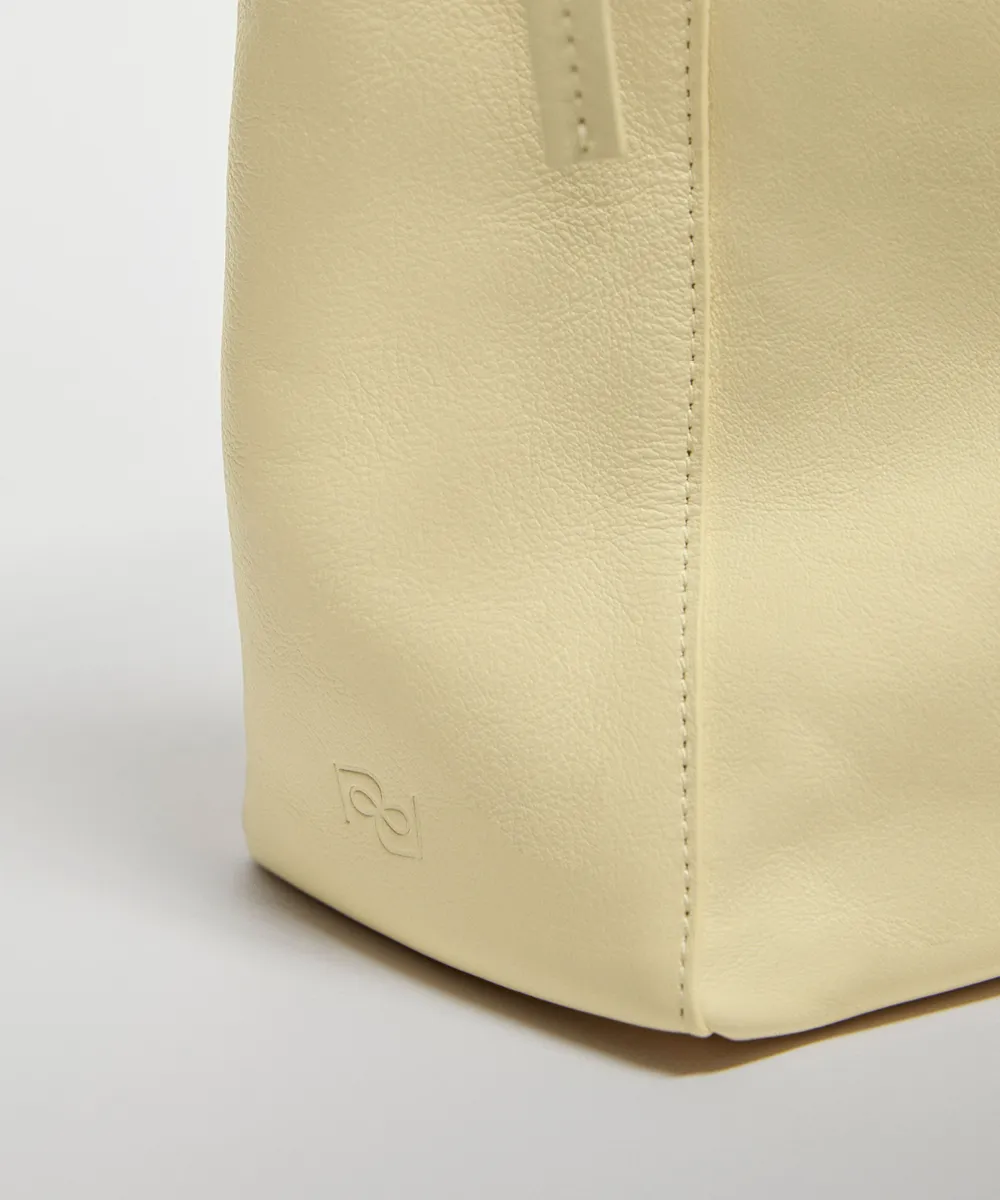For the love of: monograms
Monograms are a fascinating blend of history, artistry, and cultural symbolism. The hand drawn symbol, charged with meaning, has managed to travel through time and remain incredibly relevant, especially in luxury branding.
By: Eugénie Derez

A historical marker of identity
From royalty to artisans, monograms were always about signalling an authentic identity, prestige and ownership.
In Ancient Greece, they were carved on city coins and used for royal signatures and seals. In Medieval Europe, artists and craftspeople used it to sign their work discreetly, as a personal stamp. In the Victorian era, aristocratic families would engrave their initials to adorn silverware, embroider them into fine linens, or emboss them on leather trunks. Over centuries, the monogram sealed its status as the design expression of personal luxury.
And when it comes to personal branding, one name (and ego) stands out, rather unsurprisingly.
Napoleon Bonaparte wasn’t just a military genius, he was a branding obsessive. His iconic "N" monogram, often crowned with a laurel wreath or imperial eagle, appeared everywhere: The French leader branded his cutlery, china, bed linens, carpets, and even doorknobs in palaces.
He embroidered his signature N on uniforms, etched it onto cannons, and inscribed It on buildings across France and its territories.
This wasn’t just for show. Napoleon came from modest Corsican roots and rose meteorically in a society that valued lineage and titles. By plastering the imperial "N" on everything, he was constructing a myth of legitimacy. An imperial aura that would make people forget his common beginnings, and worked as a subtle control mechanism. His symbol became inescapable, visually reinforcing his presence and dominance even in his absence.
Monogrammed luggage: a silent power move
In the 19th and early 20th centuries, when global travel exploded for the wealthy, luggage wasn't just practical. It was performative. Monogrammed trunks (especially from Louis Vuitton, Goyard, and Moynat) became silent but potent status symbols.
Porters at grand hotels, luxury liners, and train stations would see a distinctive set of initials, and immediately know you were somebody. This was early personal branding, where for luxury travellers, luggage did the talking.
The digitisation of the monogram: from elite to everyday
Today, these historic markers of privilege are no longer reserved for royalty or heritage brands. They’ve been reclaimed, reimagined, and revived for the digital world.
The monogram’s transformation is not just aesthetic, it is profoundly structural. By being digitised, it has radically changed how it's designed, used, and experienced. The shift to digital has turned the monogram into a tool of fluid brand identity, not just static symbolism.
On their journey from print to pixels, monograms have managed to break free of fixed surfaces. They are highly adaptable assets that come to life through motion, morph through animation, and even scale dynamically across screens and ratios.
They are no longer decorative stamps, they are living, responsive marks.

Repetition equals recognition
At a psychological level, monograms trigger something deeply personal and primal: the instinct for identity, belonging, and distinction. Us humans are cognitive creatures, hardwired to recognise and assign meaning to symbols.
Digging a little deeper into our wiring system, neuroscience has shown that symmetrical logos are processed more fluently by the brain. They’re easier to remember, more likeable, and perceived as more trustworthy. Hence our innate appetite for monograms that feature mirrored or interlocking letterforms. In short: monograms are brain candy.
In luxury branding, this goes a step further, paired with a psychological concept called “signalling”. We buy products not just for function, but to signal status, taste, and group identity. A monogram, particularly when used in repeat patterns, acts as a visual shortcut for exclusivity. It allows the consumer to wear brand legacy, quite literally.

A symbol fit for the future.
In a time of digital overload and ephemeral trends, monograms represent something anchored and enduring. Consumers, especially Millennials and Gen Z, are increasingly valuing brands that strike the balance between heritage and hype. Take Gucci's revival under Alessandro Michele who brought its archival "GG" roaring back.
The rise of personalisation is another driving force. This market, projected to reach over $3 billion by 2025 (source: Deloitte) is no uncharted territory for luxury houses. Brands like Burberry and Fendi have leaned into this by offering custom monogramming on bags, scarves, and accessories - making mass luxury feel bespoke and exclusive again.
Our love for monograms isn’t just theoretical. It’s something we’ve explored and brought to life with a range of brands, each with its own story to tell.
A few of our monograms
Glossier
For Glossier, we crafted a distinctive identity and emblematic “G” monogram. This versatile and deeply alive design element still stands strong over a decade on. We accompanied it with a symbolic alphabet and set of bespoke stickers to enhance the brand’s playful nature and digital fluency.
Reformation
For Reformation, it was all about making sustainability sexy. To embody their ethos and seal their status, we created a monogram integrating the brand’s convictions in its image: with the idea of loop made by the conveying Rs, tied together by a subtle bow.
Monograms are here to stay - and we’re proud to help brands make their signature mark, to still design them by hand, and to play with them in our wild wild world.






